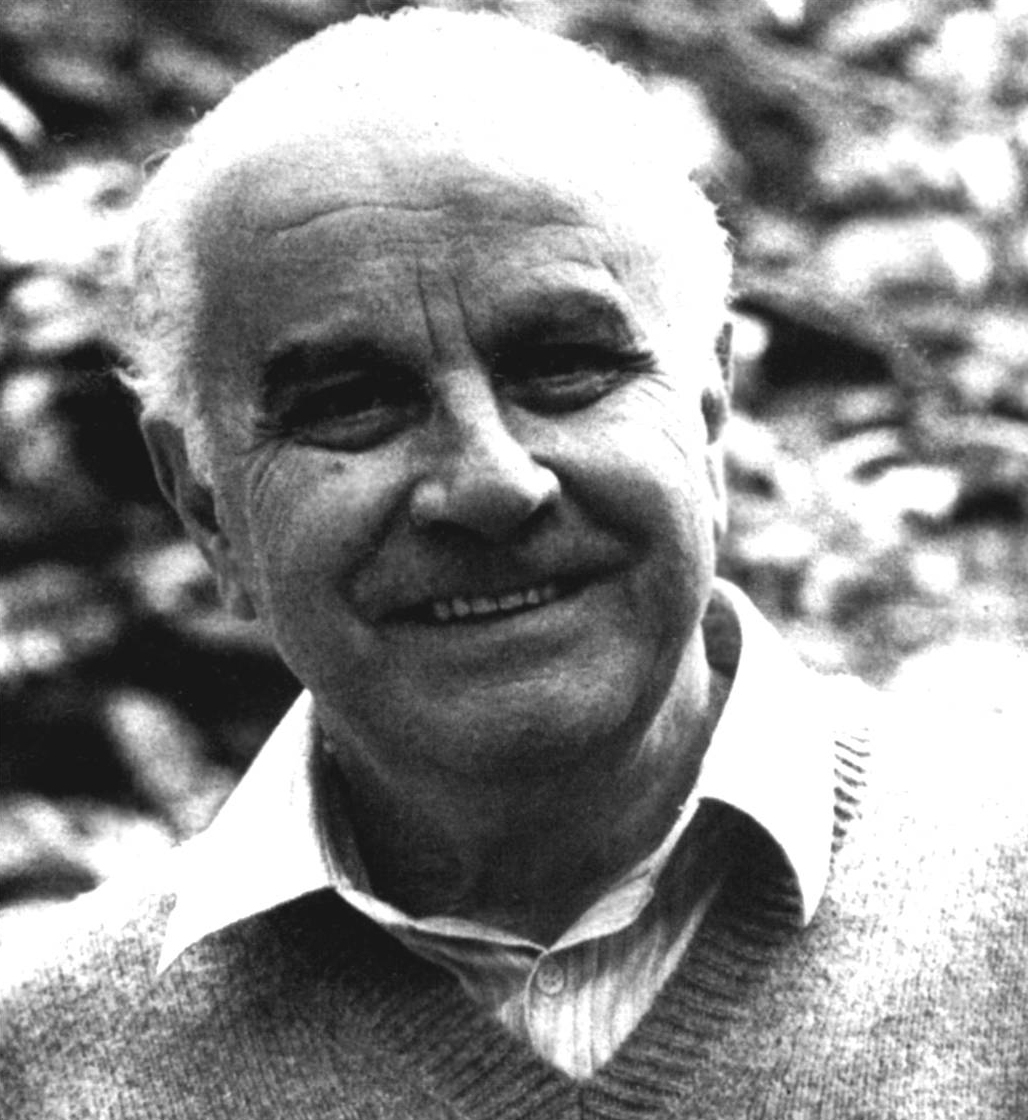Newsweek has named this small collection of schools in Italy as one of the 10 best in world. Both Google and The World Bank have Reggio-inspired childcare centres in their offices.



Reggio Emilia-Inspired Daycare in Toronto
For half a century, the daycares in Reggio Emilia, Italy have come together to develop a unique way to educate children. Here at Atelier Kids, in Toronto’s High Park/Bloor West Village, just like the community of Reggio Emilia, we believe that each child is as a capable, curious & creative learner.
Our Core Beliefs
Every child is creative and full of potential
We learn best when we’re engaged
Children learn most deeply when they are following their natural curiosities. At Atelier Kids, learning is an active process, initiated by the child, not a transmission of pre-planned knowledge.
Relationships are vital
Learning is a social endeavour. At Atelier Kids, we value and respect the role that our parents and the community play as teachers, and encourage active participation with other children.

The Birth of the Reggio Emilia Philosophy
A young and inspirational teacher/educational psychologist, Loris Malaguzzi, founded the Reggio Emilia way of learning. He came upon a Northern Italian town where the citizens, at the urging of the women, were rebuilding a daycare from rubble so that families could get back to normalcy after World War II.
Malaguzzi was so inspired by what they were doing that he decided to partner with them to create an educational philosophy that would become praised by early educators and parents around the world for years to come. This dialogue has continued for over 50 years and keeps growing stronger.
The Reggio Emilia principles:
Children must have some control over how they learn.
Children must be able to learn through experiences of touching, moving, listening, and observing.
Children must have a relationship with other children and with their environment.
Children must have endless ways and opportunities to express themselves.
The Hundred Languages of Children
The Reggio Emilia philosophy believes that children have many ways of expressing their ideas or thoughts.
The hundred languages is a metaphor for the different ways that children learn.
These languages include creative pursuits as they explore basic words, numbers, construction, scientific exploration and technology, setting the ideal basis for transition to Kindergarten.
The Hundred Languages of Children
No way.
The hundred is there.
The child is made of one hundred.
The child has a hundred languages
a hundred hands
a hundred thoughts
a hundred ways of thinking
of playing, of speaking.
a hundred, always a hundred
ways of listening
of marveling, of loving
a hundred joys
for singing and understanding
a hundred worlds to discover
a hundred worlds to invent
a hundred worlds to dream.
The child has a hundred languages
(and a hundred hundred hundred more)
but they steal ninety-nine.
The school and the culture
separate the head from the body.
They tell the child to think without hands
to do without head
to listen and not to speak
to understand without joy
to love and to marvel
only at Easter and Christmas.
They tell the child
to discover the world already there
and of the hundred
they steal ninety-nine.
They tell the child that work and play
reality and fantasy
science and imagination
sky and earth
reason and dream
are things
that do not belong together.
And thus they tell the child
that the hundred is not there.
The child says
“No way- The hundred is there.”
Loris Malaguzzi
(translated by Lella Gandini)




